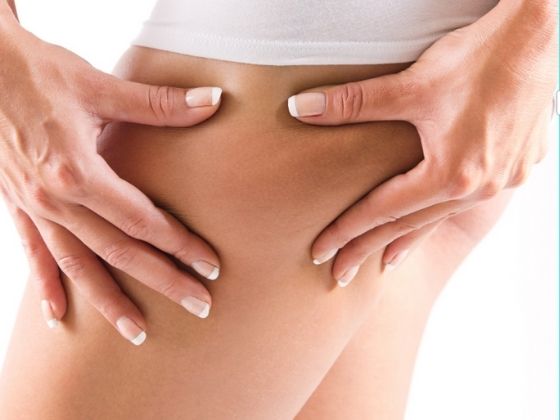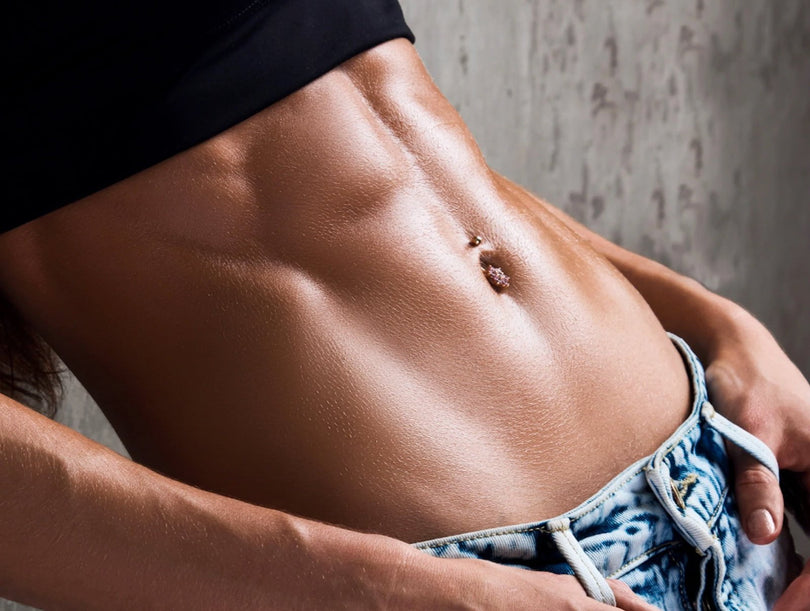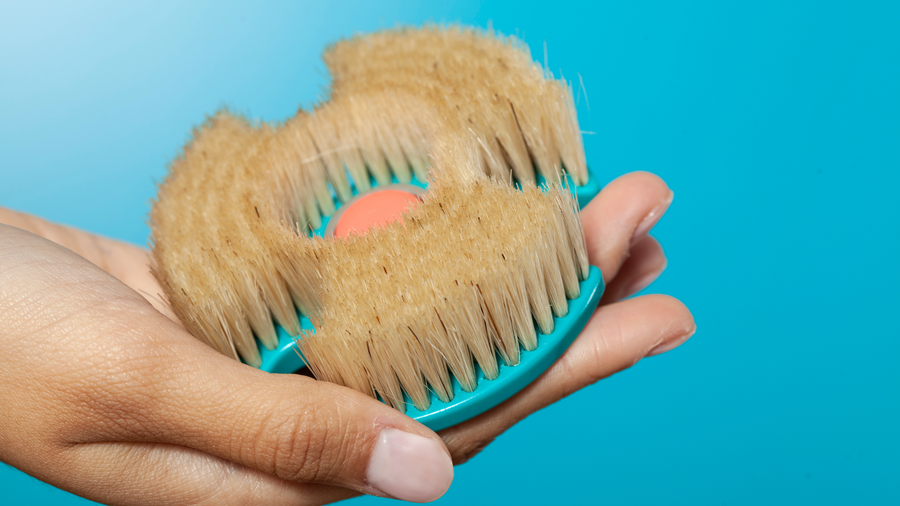What does it consist of and foods to combat it
Many times we arrive at the end of the day with swollen legs, ankles or abdomen, sometimes we have even found ourselves inexplicably weighing 2kg (4lbs) more. The cause is none other than fluid retention.
Retention is the accumulation of fluids in the subcutaneous tissue of the legs and feet and, to a lesser extent, the arms and hands. Many women suffer from spending a lot of time standing or sitting.

The main causes are usually related to hormonal changes that occur at different stages of life: pregnancy, adolescence, menstruation or menopause. However, there are also other causes that produce it: genetics, excess weight, circulatory problems, insufficient fluid intake or sedentary lifestyle. You can also blame stress and climatic factors, such as heat and humidity.

Typically, swelling is visible, which is what in medical terminology is called edema. The legs are the part of the body that most accuses this liquid retention, in the ankles, the upper part of the knee and the thighs. As if all this were not enough, cellulite is directly caused by fluid retention.
Do not panic! There are weapons to fight fluid retention. The most basic remedy, but one that is very effective, is to drink water, about 2 liters of water a day.

Excess caffeine does not help either; drinking more than two coffees a day can be harmful.
Drinking carbonated soft drinks cause an increase in insulin in the blood, which leads the body to accumulate sugars in the form of fat and to retain liquids. But there is an ideal substitute, green tea, which increases metabolic expenditure and activates fat burning, preventing its accumulation in the liver and blood vessel walls.
Sweet or salty?
Undoubtedly, the great enemy of the body is sugar, which in addition to turning into fat, causes a metabolic reaction by which collagen becomes more rigid. This loss of collagen causes the connective tissue to harden, worsening subcutaneous circulation and fluid retention. This favors cellulite to break through more easily and the skin to lose firmness.

The other great enemy of fluid retention is salt. Taking more sodium than the body needs retains water. In the same way, we must avoid prepared foods, snacks (chips, peanuts, roasted corn, popcorn...) and products in which salt is found in high concentrations. You have to forget about sausages, cheeses, preserves, non-natural nuts, popcorn...
What foods and supplements are beneficial?
It is evident that fats are foods to avoid, but there is a type of fat that is beneficial for the body, Omega 3 (present in nuts and fish). These essential fatty acids work as activators of genes involved in lipid oxidation.
Some ideal foods that we can include in our diet are:
- Pineapple: it has anti-inflammatory and diuretic properties and, therefore, it has anti-cellulite and anti-edema properties in situations of fluid retention.
- Beetroot, watermelon, asparagus, artichoke, melon, parsley, loquat, aubergine, courgette, onion, pear, apple, celery, ginger...
- Get enough protein, such as lean meats (chicken, rabbit, turkey), fish, quinoa, and soy. Because when they are lacking in the diet, albumin production is reduced and fluid accumulates between the tissues.

In addition, there are nutritional supplements that help with draining. The most recommended are potassium, magnesium, green tea, Ginko Biloba.
With some changes in the diet, we can significantly improve the problem of fluid retention. By simply cutting out sugar and fizzy drinks, cutting back on salt, and drinking enough water, we can see a big change. Every woman can feel better, more beautiful and confident by eating healthier. You can make changes little by little in your routine. Do you dare?












